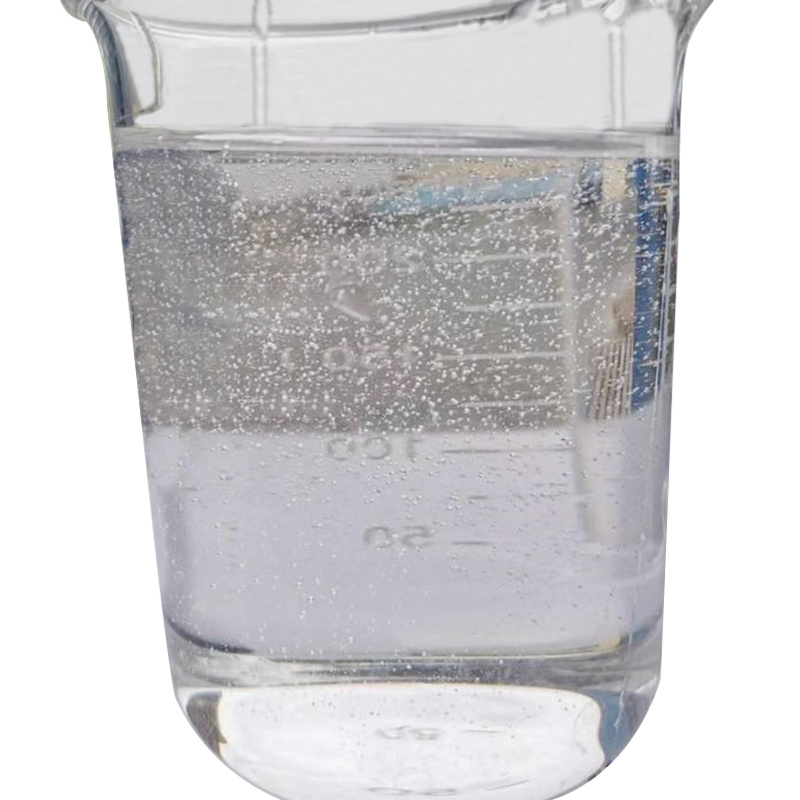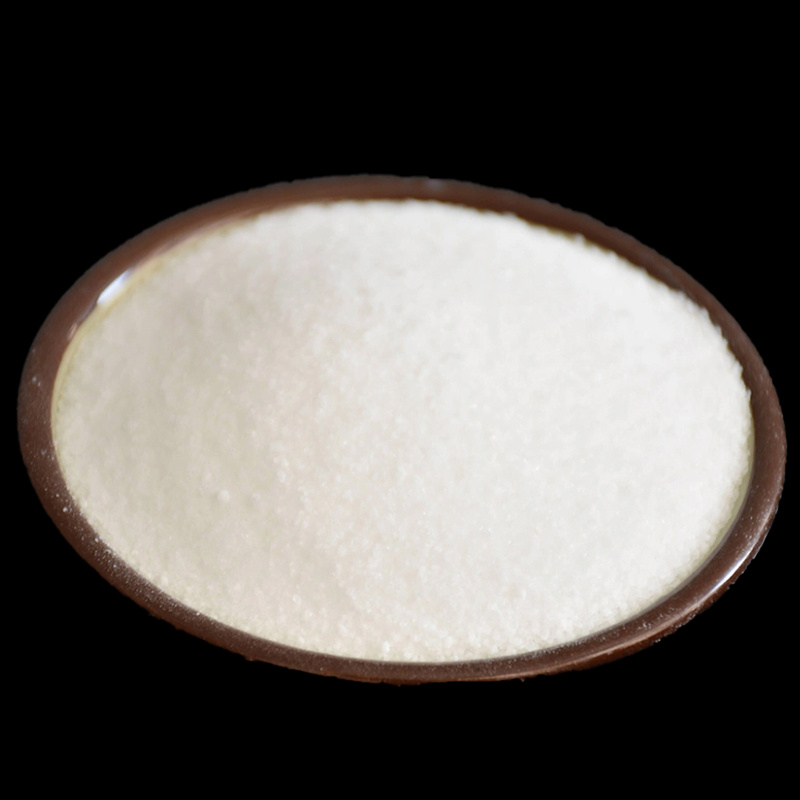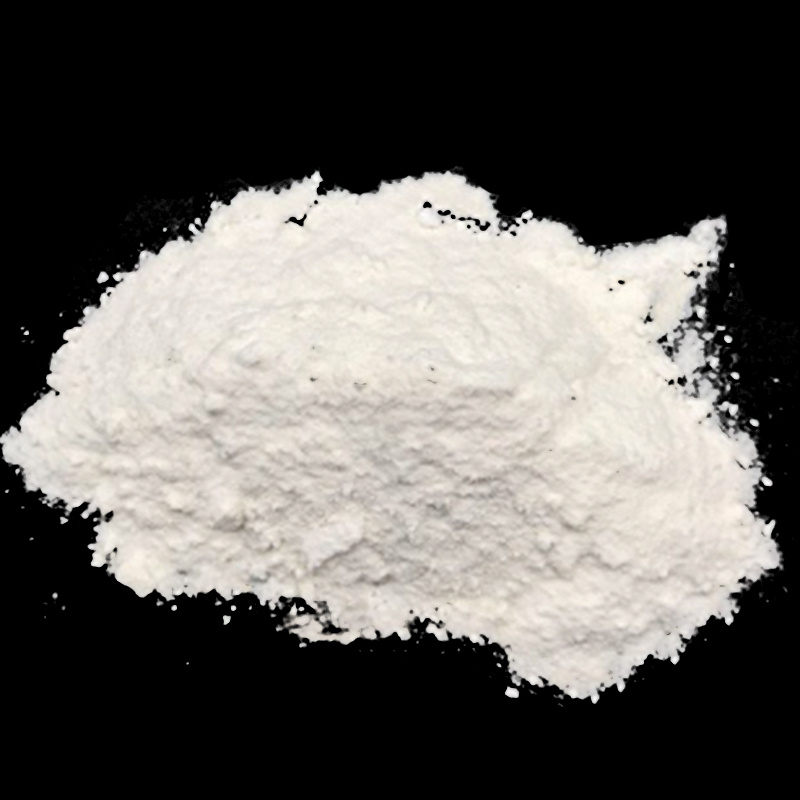-

Tetrachloroethylene 99.5% Colourless Liquid For Industrial Field
Tetrachloroethylene, also known as perchloroethylene, is an organic compound with the formula C2Cl4 and is a colorless liquid.
-

Thionyl Chloride For Pesticides
The chemical formula of thionyl chloride is SOCl2, which is a special inorganic compound and is used in various industries. This colorless or yellow liquid has a strong pungent odor and is easily identified. Thionyl chloride is soluble in organic solvents such as benzene, chloroform, and tetrachloride. However, it hydrolyzes in the presence of water and decomposes when heated.
-

Dimethyl Carbonate For Industrial Field
Dimethyl carbonate (DMC) is a versatile organic compound that offers several advantages across various industries. The chemical formula of DMC is C3H6O3, which is a chemical raw material with low toxicity, excellent environmental performance and wide application. As an important intermediate in organic synthesis, the molecular structure of DMC contains functional groups such as carbonyl, methyl and methoxy, which endow it with various reactive properties. Exceptional attributes such as safety, convenience, minimal pollution and ease of transportation make DMC an attractive choice for manufacturers looking for sustainable solutions.
-

Calcium Hydroxide For Pharmaceutical or Food
Calcium Hydroxide, commonly known as Hydrated Lime or Slaked Lime. The chemical formula of this inorganic compound is Ca(OH)2, the molecular weight is 74.10, and it is a white hexagonal powder crystal. Density is 2.243g/cm3, dehydrated at 580°C to generate CaO. With its numerous applications and multifunctional properties, our Calcium Hydroxide is a must-have in various industries.
-

Potassium Acrylate For Dispersing Agent
Potassium Acrylate is a remarkable white solid powder with excellent properties making it a valuable addition to various industries. This versatile compound is water soluble for easy formulation and mixing. In addition, its moisture absorption capacity ensures consistency and stability in product quality. Whether you are in the coatings, rubber or adhesives industry, this outstanding material has great potential to enhance the performance of your products.
-

Sodium Bicarbonate 99% For Inorganic Synthesis
Sodium bicarbonate, with the molecular formula NaHCO₃, is a versatile inorganic compound with a wide range of applications in various industries. Usually white crystalline powder, odorless, salty, soluble in water. With its unique properties and ability to decompose under various conditions, sodium bicarbonate has become an indispensable ingredient in many analytical, industrial and agricultural processes.
-

Anhydrous Sodium Sulfite White Crystalline Powder 96% For Fiber
Sodium sulfite, is a kind of inorganic substance, chemical formula Na2SO3, is sodium sulfite, mainly used as artificial fiber stabilizer, fabric bleaching agent, photographic developer, dye bleaching deoxidizer, fragrance and dye reducing agent, lignin removal agent for papermaking.
Sodium sulfite, which has the chemical formula Na2SO3, is an inorganic substance that has a variety of uses in various industries. Available in concentrations of 96%, 97% and 98% powder, this versatile compound provides excellent performance and efficiency in a wide range of applications.
-

Ammonium Bicarbonate 99.9%White Crystalline Powder For Agriculture
Ammonium bicarbonate, a white compound with the chemical formula NH4HCO3, is a versatile product that offers numerous benefits in various industries. Its granular, plate, or columnar crystal form gives it a unique appearance, accompanied by a distinct ammonia odor. However, caution must be exercised when handling ammonium bicarbonate, as it is a carbonate and should not be mixed with acids. The acid reacts with ammonium bicarbonate to produce carbon dioxide, which can deteriorate the quality of the product.
-

Barium Carbonate 99.4% White Powder For Ceramic Industrial
Barium carbonate, chemical formula BaCO3, molecular weight 197.336. White powder. Insoluble in water, density 4.43g/cm3, melting point 881℃. Decomposition at 1450 ° C releases carbon dioxide. Slightly soluble in water containing carbon dioxide, but also soluble in ammonium chloride or ammonium nitrate solution to form a complex, soluble in hydrochloric acid, nitric acid to release carbon dioxide. Toxic. Used in electronics, instrumentation, metallurgy industry. Preparation of fireworks, the manufacture of signal shells, ceramic coatings, optical glass accessories. It is also used as a rodenticide, water clarifier and filler.
Barium carbonate is an important inorganic compound with the chemical formula BaCO3. It is a white powder that is insoluble in water but easily soluble in strong acids. This multifunctional compound is widely used in various industries due to its unique properties.
The molecular weight of barium carbonate is 197.336. It is a fine white powder with a density of 4.43g/cm3. It has a melting point of 881°C and decomposes at 1450°C, releasing carbon dioxide. Although poorly soluble in water, it exhibits slight solubility in water containing carbon dioxide. Can also form complexes, soluble in ammonium chloride or ammonium nitrate solution. In addition, it is easily soluble in hydrochloric acid and nitric acid, releasing carbon dioxide.
-

China Factory Maleic Anhydride UN2215 MA 99.7% for Resin Production
Maleic anhydride, also known as MA, is a versatile organic compound widely used in resin production. It goes by various names, including dehydrated malic anhydride and maleic anhydride. The chemical formula of maleic anhydride is C4H2O3, the molecular weight is 98.057, and the melting point range is 51-56°C. UN Hazardous Goods Number 2215 is classified as a hazardous substance, so it is important to handle this substance with care.
-

Trichlorethylene Colourless Transparent Liquid For Solvent
Trichloroethylene, is an organic compound, the chemical formula is C2HCl3, is the ethylene molecule 3 hydrogen atoms are replaced by chlorine and generated compounds, colorless transparent liquid, insoluble in water, soluble in ethanol, ether, miscible soluble in most organic solvents, mainly used as a solvent, can also be used in degreasing, freezing, pesticides, spices, rubber industry, washing fabrics and so on.
Trichlorethylene, an organic compound with the chemical formula C2HCl3, is a colorless and transparent liquid. It is synthesized by replacing three hydrogen atoms in ethylene molecules with chlorine. With its strong solubility, Trichlorethylene can dissolve in many organic solvents. It serves as a vital chemical raw material for various industries, especially in the synthesis of polymers, chlorinated rubber, synthetic rubber, and synthetic resin. However, it is crucial to handle Trichlorethylene with care due to its toxicity and carcinogenicity.
-

Granular Ammonium Sulfate For Fertilizer
Ammonium sulfate is an extremely versatile and effective fertilizer that can profoundly affect soil health and crop growth. The chemical formula of this inorganic substance is (NH4)2SO4, it is colorless crystal or white granule, without any smell. It is worth noting that ammonium sulfate decomposes above 280°C and must be handled with care. In addition, its solubility in water is 70.6 g at 0°C and 103.8 g at 100°C, but it is insoluble in ethanol and acetone.
The unique properties of ammonium sulfate go beyond its chemical makeup. The pH value of the aqueous solution with a concentration of 0.1mol/L of this compound is 5.5, which is very suitable for soil acidity adjustment. In addition, its relative density is 1.77 and its refractive index is 1.521. With these properties, ammonium sulfate has proven to be an excellent solution for optimizing soil conditions and increasing crop yields.

Hello, come to consult our products !







